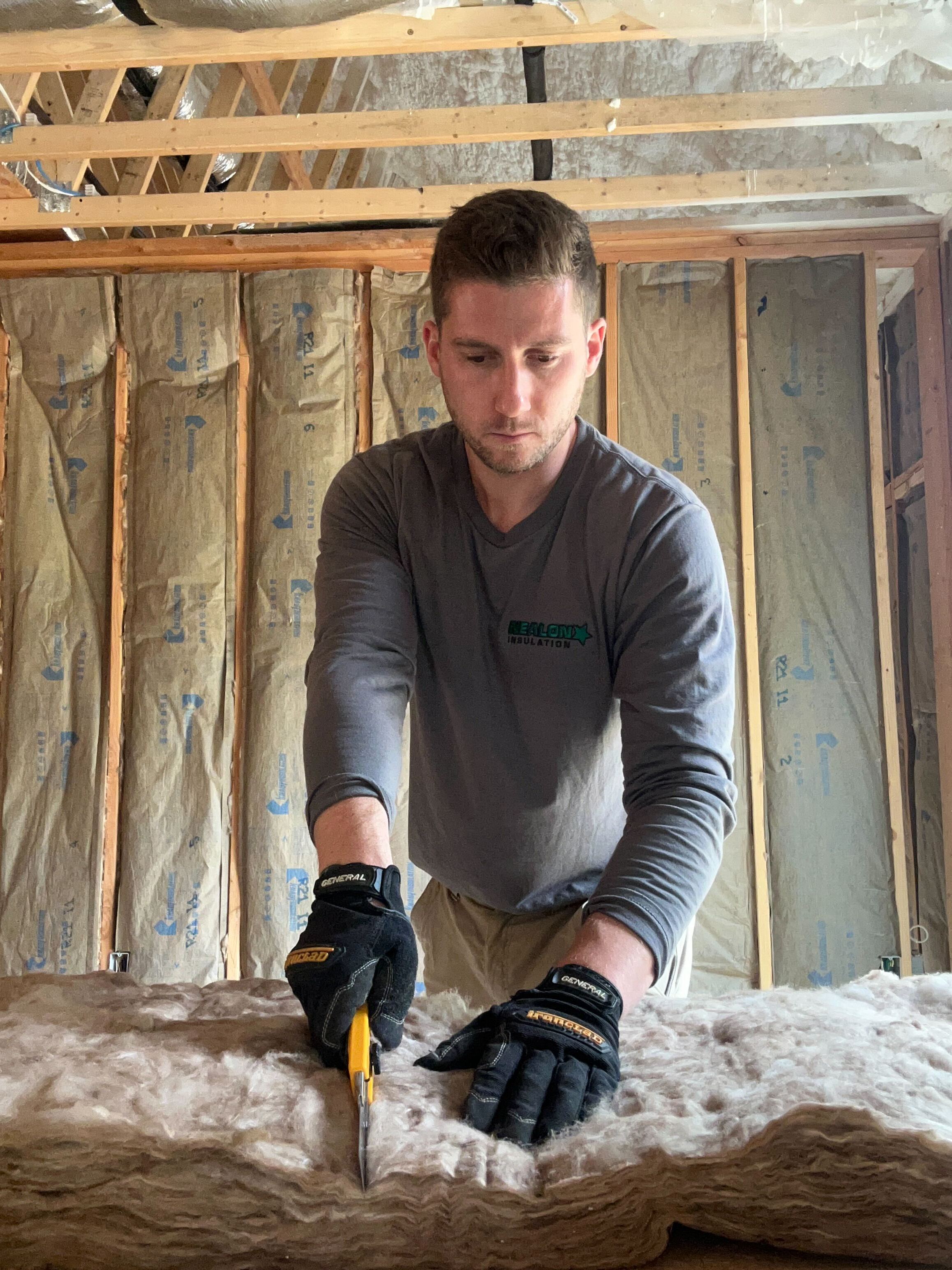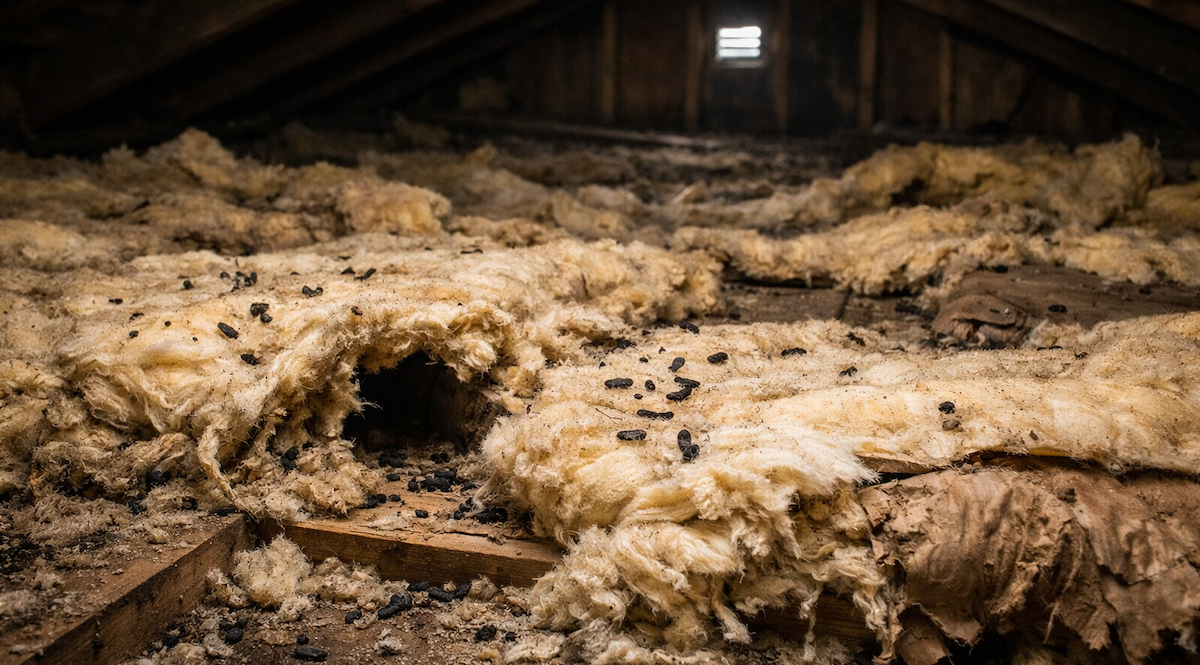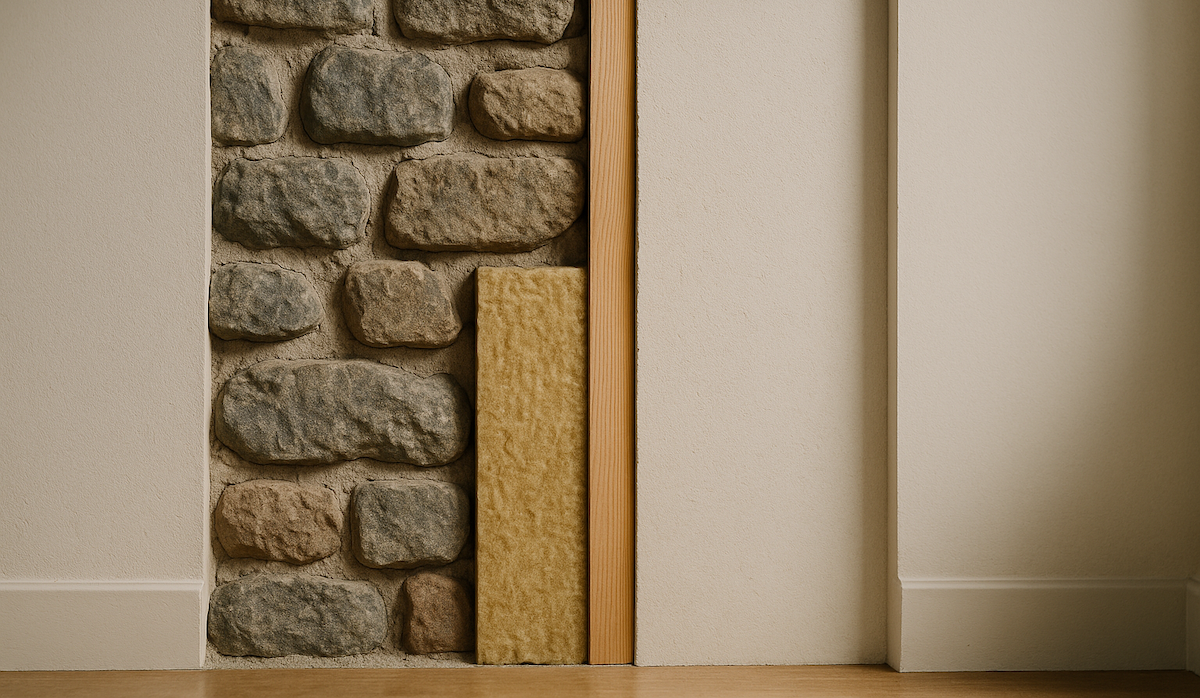How Does My Home Lose or Gain Heat? Understanding Heat Transfer in Your Home

Keeping your house comfortable year-round can feel like a game of tug-of-war with the weather. Too hot in the summer, too cold in the winter, and your HVAC system’s working overtime to keep up.
The root problem? Heat transfer. It’s science-y, yeah, but understanding how heat sneaks in and out of your home is the first step to fixing it.
There are three ways heat moves: conduction, convection, and radiation. Let’s break it down the way your house would explain it—if it could talk.
No time to read? Listen instead!
1. Conduction: Heat’s Sneaky Shortcut Through Solid Stuff
Conduction is heat sliding through solid materials. Think walls, floors, your attic—anywhere you don’t have proper insulation, heat is using those surfaces like an escape tunnel.
- In winter, the warm air inside your house leaks out through the walls and roof.
- In summer, that same pathway brings in the heat like an unwanted houseguest.
The Fix:
Dense-pack cellulose insulation (like we install) slows that transfer way down. It builds a thick thermal barrier that says, “Not today, heat.”
2. Convection: Drafts, Air Currents, and the Cold Sneaking In
Convection is when heat moves around via air. Warm air rises, cold air sinks, and if you’ve got gaps in your home—attics, rim joists, around windows—you’re basically inviting the outside air in for dinner.
- Drafty room? That’s convection doing its thing.
- Uneven temps between floors? Same culprit.
The Fix:
Seal up the leaks. Then insulate. We air-seal the problem areas and dense-pack insulation in the walls and attic to keep your HVAC air inside where it belongs.
3. Radiation: Sunlight Cooking Your Roof (and You)
Radiation is heat traveling in waves—like sunlight streaming through your windows or beating down on your roof in July.
- In summer, your attic turns into an oven.
- In winter, your heat radiates outward if there’s no insulation keeping it in.
The Fix:
Use reflective barriers and solid attic insulation. Cellulose handles radiant heat better than fiberglass and keeps your house from feeling like a toaster.
So What’s the Point?
Heat wants out in winter. Heat wants in during summer. Insulation is the bouncer at the door, saying no to both.
How Heat Transfer Shows Up in Different Parts of Your Home
Now that we’ve talked about how heat moves, let’s talk about where it actually causes problems. Because heat transfer isn’t just some abstract physics concept — it’s the reason your bedroom’s freezing, your AC won’t quit in July, and your energy bill looks like a car payment.
Here’s how it plays out, room by room:
🏠 Attics: Heat’s Grand Central Station
Your attic is the biggest highway for heat loss and gain in your home.
- In winter, warm air rises and escapes straight through the roof via conduction and convection.
- In summer, sunlight pounds your shingles, turning the attic into an oven that radiates heat back down.
Without proper insulation and airflow (read: high R-value + baffles), your HVAC system is basically fighting nature — and losing.
🧱 Walls: The Slow Leakers
Walls might not feel drafty, but they’re silent heat movers.
- Conduction lets heat slip through under-insulated wall cavities.
- Convection takes over if there are air gaps or poorly sealed outlets and framing.
A poorly insulated wall lets out warmth like a slow leak in a tire. Dense-pack cellulose stops that in its tracks.
🧊 Basements & Crawlspaces: Where Cold Lives
Basements are magnets for convection — cold air sinks and finds its way in through gaps, rim joists, and concrete walls.
- In winter, your floors feel like ice.
- In summer, moisture creeps in, adding humidity to the mix.
Spray foam or rigid foam boards can cut conduction through concrete and stop that cold air from creeping up into your living space.
🚪 Windows, Doors & Rim Joists: The Draft Factories
These are the Swiss cheese of most homes.
- Gaps = convection highways.
- Thin materials = fast conduction.
Air sealing is your best friend here, followed by targeted insulation where it makes sense.
In short? Every part of your home has a different heat transfer problem — and a specific fix. Knowing which type of heat movement is happening where helps us pick the right strategy, the right insulation, and the right R-value to get the job done right.
Common Heat Transfer FAQ's
How do I know which type of heat transfer is causing the biggest problem in my home?
You can identify the main type of heat transfer in your home by its symptoms: drafts suggest convection, cold walls or floors indicate conduction, and hot upstairs rooms point to radiant heat from the attic. An energy audit can pinpoint the exact source and recommend solutions.
Can heat transfer problems still exist in a newer home?
You can identify the main type of heat transfer in your home by its symptoms: drafts suggest convection, cold walls or floors indicate conduction, and hot upstairs rooms point to radiant heat from the attic. An energy audit can pinpoint the exact source and recommend solutions.
Is radiant heat loss really a big deal in the winter?
Yes, radiant heat loss is a big deal in winter—especially with poor attic insulation. Heat radiates through the roof, wasting energy. Installing dense cellulose insulation helps absorb and reflect radiant heat, keeping warmth inside your living space and reducing heating costs.
What’s the best insulation to stop all three types of heat transfer?
The best insulation to stop all three types of heat transfer is a combination of dense-pack cellulose and air sealing. Cellulose slows conduction and radiation, while air sealing blocks convection. In basements or crawlspaces, spray foam or rigid foam handles all three effectively.
If I can only fix one area, where should I start?
If you can only fix one area, start with your attic. It causes the most heat loss and gain due to rising warm air and direct sun exposure. Proper attic insulation and air sealing deliver fast energy savings and improved comfort, making it the top priority for most homes.
What's the Bottom Line?
Bottom line? Heat transfer isn’t just a science lesson—it’s the reason your energy bills are high, your upstairs feels like a sauna, and your toes are frozen in February. But the good news is, it’s fixable. With the right insulation in the right places—and a little help from folks who know how to spot the leaks—you can turn your home into a fortress against the elements.
We’ve been battling heat loss and gain across Connecticut homes for nearly five decades. We know where it hides, how it moves, and exactly what it takes to shut it down.
👉 Ready to stop heating the neighborhood or baking your attic? Contact Nealon Insulation for a no-pressure consultation and let’s get your home working with you—not against you.
Related Articles
Let's Work Together
Ready to transform your home into an energy-efficient haven? Schedule your free energy assessment today and experience the Nealon difference for yourself.



